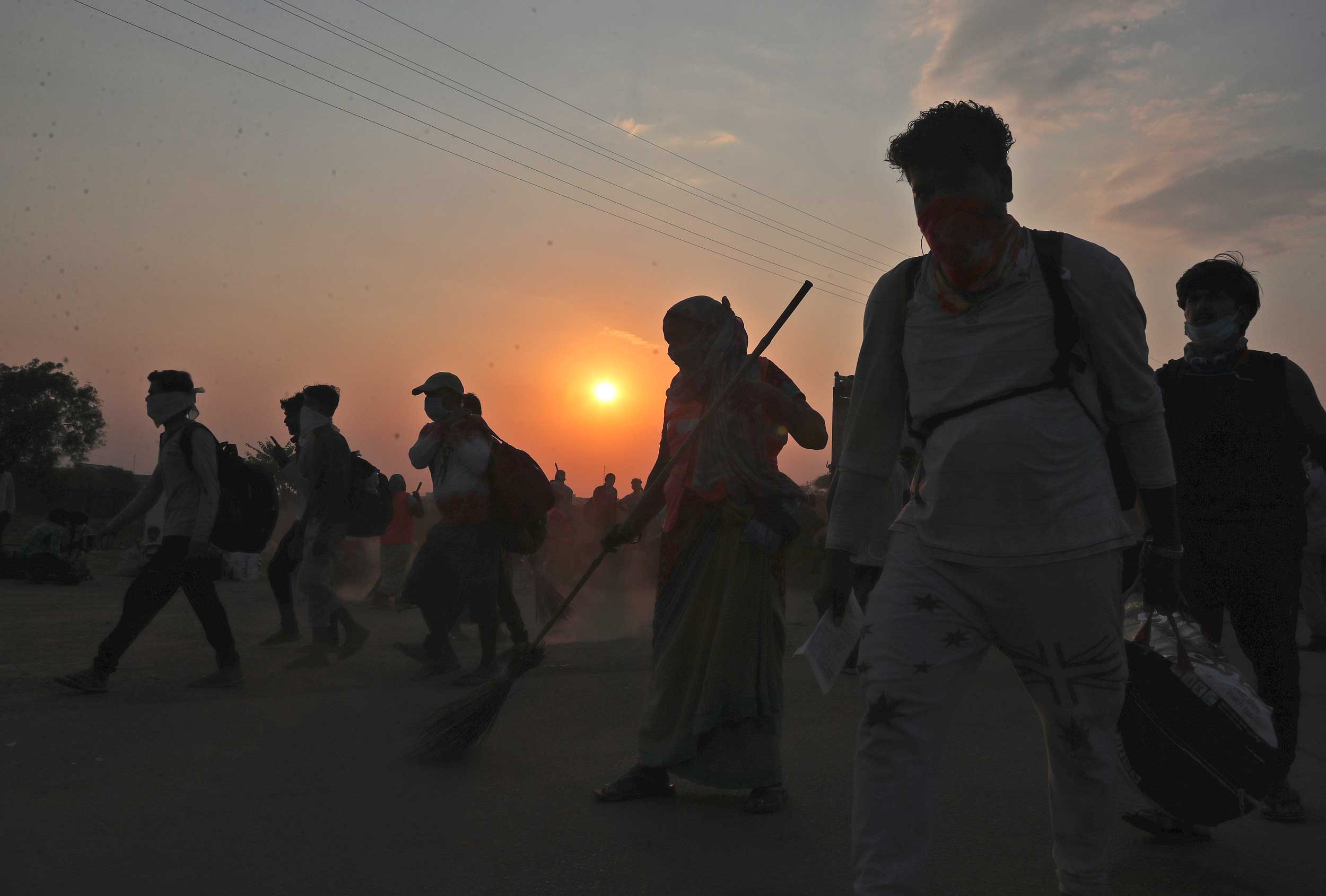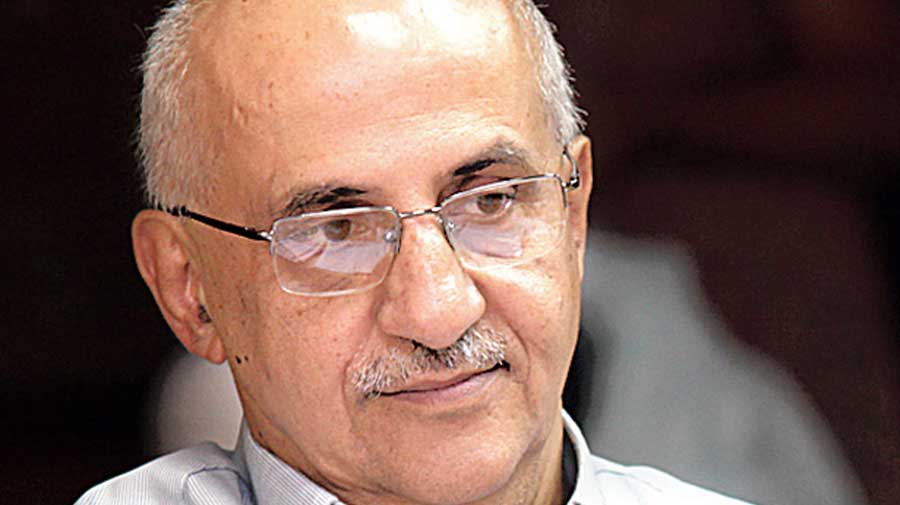The rural job guarantee scheme and the Garib Kalyan Rojgar Yojana provided work to less than eight per cent of the migrant workers who had returned home after last year’s lockdown, a study has found.
It has argued that the highly skilled returned migrants may have been uninterested in the unskilled work provided under the Mahatma Gandhi National Rural Employment Guarantee Act (MGNREGA), and has suggested a broadening of the scope of projects under the scheme.
Published by the University of Bonn in Germany, the findings are significant at a time migrant workers have again begun returning home amid a Covid resurgence in India.
The findings are part of a working paper titled “Covid 19: Emergence Spread and its Impact on the Indian Economy and Migrant Workers”, authored by Ashok Gulati and Shyama Jose from the Indian Council for Research on International Economic Relations, Delhi, and B.B. Singh from the Inferential Survey Statistics and Research Foundation, Delhi.
The MGNREGA is the government’s main job scheme in the rural areas and provides up to 100 days’ work per household per year. Last June, the Centre had launched in six states the Garib Kalyan Rojgar Yojana, a 125-day programme to generate work for the returned migrants and speed up activities under government schemes such as housing, sanitation, water supply and renewable energy.
The study was based on phone interviews with returned migrants in Bihar, Chhattisgarh, Jharkhand, Odisha, Uttar Pradesh and Bengal.
The first phase of the survey, conducted between June and August last year, found 38.6 per cent of the returned migrants were not engaged in any economic activity at their native places.
A total of 34.1 per cent were self-employed in farming and 1.3 per cent were self-employed in non-agricultural work. Some 11.2 per cent were engaged in casual labour, 8.8 per cent in agricultural labour, and 4.9 per cent in public works like the rural job scheme and the Garib Kalyan.
By phase two, conducted between November and December, the percentage of migrants not engaged in any economic activity had fallen to 14.
The proportion of the self-employed had risen to 43.3 per cent; 7.7 per cent said they were engaged in the rural job scheme or the Garib Kalyan; while 17.2 per cent were engaged in farm labour.
According to the paper, “public works such as MGNREGA and GKRY (Garib Kalyan) were limited (in) absorb(ing) the influx of reverse migrants”.
In general, however, the last financial year witnessed a spurt in jobs demanded and allotted under the MGNREGA, which was hailed by some activists as a saviour in the villages amid the employment crisis generated by the pandemic-induced lockdown.
Over 200 kinds of projects that do not require a great deal of skill are allowed under the rural job guarantee scheme.
“There is a scope to broaden the permissible work by allowing more (kinds of) work aimed at individual asset creation such as house and tank construction, or sheds in the backyard,” said N.K. Sahu, a researcher associated with the Inferential Survey Statistics and Research Foundation.
He cited how South Korea had conducted the Saemaul Undong programme in the 1960s for community development in rural areas, involving home modernisations and the establishment of cooperative ventures and cultural facilities.
“The time has come for the government to plan a village revamp programme by undertaking massive local infrastructure projects. That will help create employment and development,” Sahu said.












